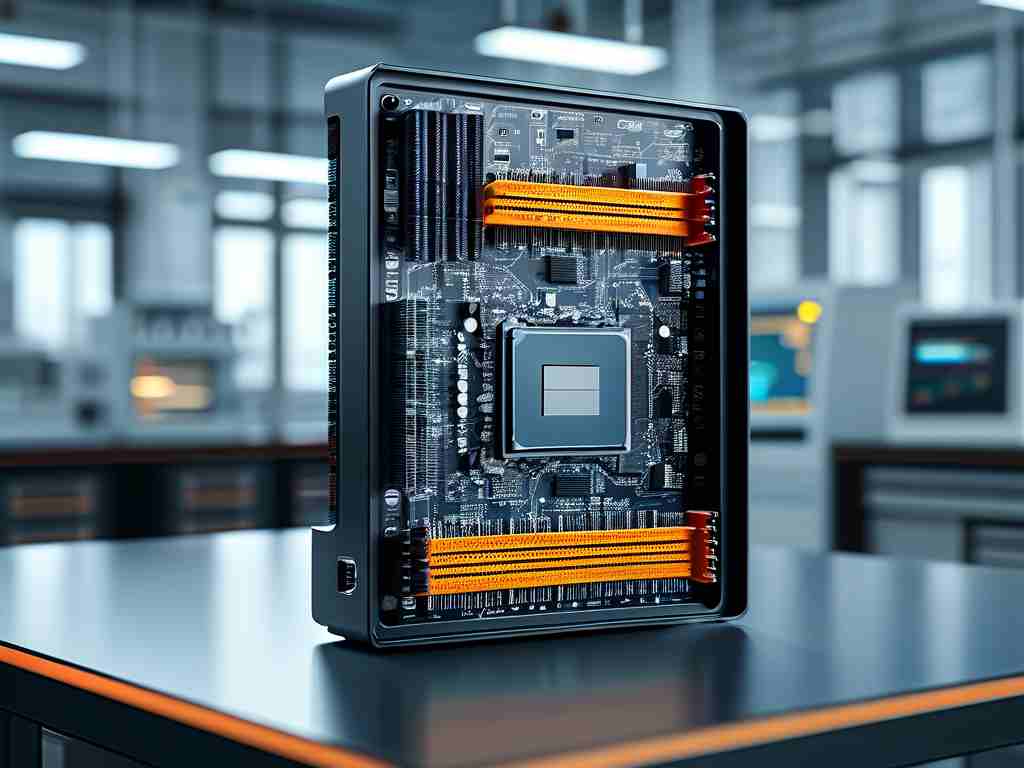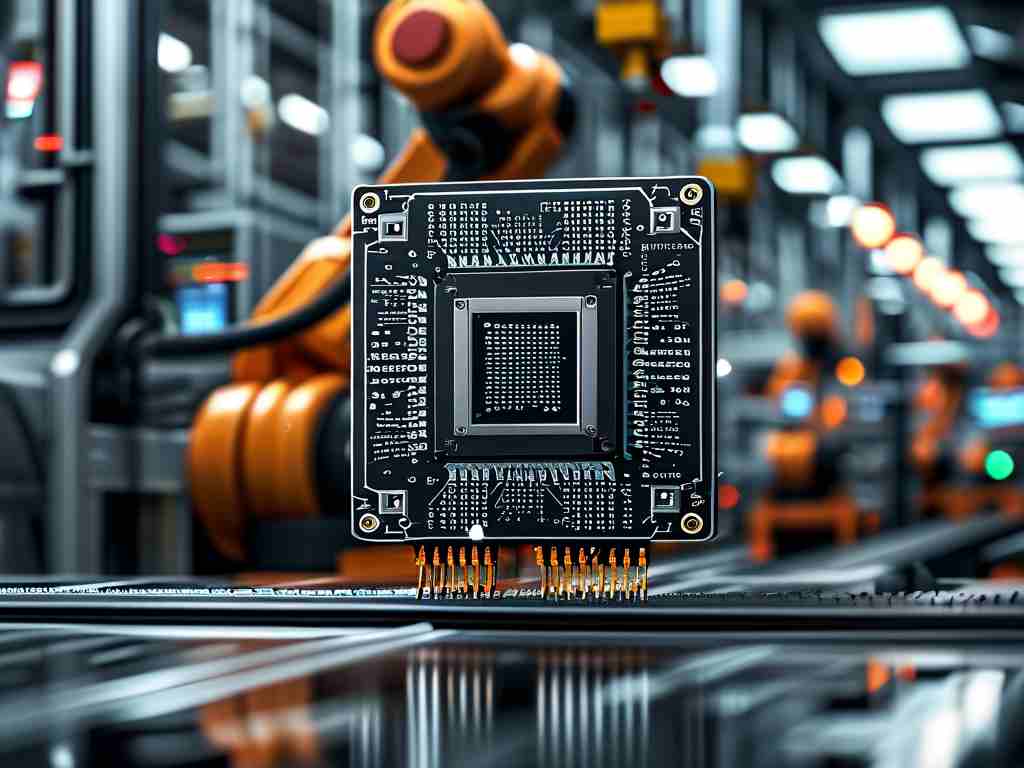Embedded algorithm development is a specialized field that focuses on creating efficient, real-time computational methods for devices with constrained resources, such as microcontrollers in automotive systems or IoT gadgets. This process requires a tailored approach to ensure algorithms perform reliably in low-power, memory-limited environments. As industries increasingly rely on smart embedded solutions, from medical devices to industrial automation, a robust development plan becomes essential for innovation and cost-effectiveness. This article explores key strategies for designing and implementing such algorithms, drawing from real-world applications to provide actionable insights while avoiding common pitfalls.

To begin with, understanding the core challenges in embedded algorithm development is crucial. Unlike general computing, embedded systems operate under strict constraints: limited processing power, minimal RAM, and stringent power budgets. For instance, an algorithm for a wearable health monitor must process sensor data in real-time while consuming minimal energy to prolong battery life. A well-structured development plan addresses these issues through systematic phases: requirements analysis, algorithm design, implementation, testing, and optimization. During requirements analysis, developers define functional needs, such as data accuracy thresholds and response times, based on the target hardware. This phase often involves collaboration with hardware engineers to select appropriate microcontrollers, like ARM Cortex-M series, ensuring compatibility early on. Without this groundwork, projects risk delays or failures due to mismatched specifications.
Moving to the design phase, emphasis shifts to creating algorithms that are both efficient and scalable. A common approach is to leverage modular design principles, breaking down complex tasks into reusable components. For example, a noise reduction algorithm for audio processing might consist of separate modules for filtering and compression, allowing easy updates without overhauling the entire system. Developers often use modeling tools like MATLAB or Simulink to simulate algorithms before coding, validating performance against real-world scenarios. This step helps identify bottlenecks, such as excessive memory usage, and guides optimization. Consider a case study from automotive embedded systems: an algorithm for adaptive cruise control must process radar data within milliseconds. By simulating traffic patterns in Simulink, engineers can refine the algorithm to reduce latency by 30%, enhancing safety without costly hardware upgrades. Such iterative design not only saves resources but also fosters innovation through rapid prototyping.
Implementation is where theory meets practice, involving coding in languages like C or C++ for optimal control over hardware resources. Embedded development demands low-level programming to manage registers and interrupts directly. Here's a simple code snippet illustrating an efficient filtering algorithm for sensor data in an embedded environment:
#include <stdint.h>
// Low-pass filter implementation for noise reduction
void lowPassFilter(int16_t *input, int16_t *output, uint16_t size, float alpha) {
output[0] = input[0]; // Initialize with first sample
for (uint16_t i = 1; i < size; i++) {
output[i] = alpha * input[i] + (1 - alpha) * output[i-1];
}
}
This snippet showcases how alpha values can be tuned to balance responsiveness and stability, critical for applications like environmental monitoring. However, coding must adhere to best practices, such as avoiding dynamic memory allocation to prevent fragmentation. Instead, developers use static buffers or pool allocators to ensure predictable behavior. Additionally, version control systems like Git are indispensable for tracking changes and collaborating across teams, reducing integration errors in complex projects.
Testing and optimization form the backbone of a reliable development plan. Rigorous testing involves unit tests for individual modules and system-level tests under real conditions. For embedded algorithms, this often includes hardware-in-the-loop (HIL) simulations, where code runs on actual devices while connected to test benches. Metrics like execution time and power consumption are measured using tools such as oscilloscopes or energy profilers. Optimization follows, focusing on reducing footprint and improving speed. Techniques include loop unrolling, inline assembly for critical sections, or compiler flags for size optimization. In a recent smart home project, optimizing a machine learning algorithm for anomaly detection cut memory usage by 40% through fixed-point arithmetic instead of floating-point, enabling deployment on low-cost chips. This phase must also address security, incorporating encryption for data transmission to thwart cyber threats in connected devices.
Challenges in embedded algorithm development often stem from evolving requirements and hardware limitations. For example, real-time constraints can cause deadline misses if algorithms aren't prioritized correctly. Solutions involve using real-time operating systems (RTOS) like FreeRTOS to manage tasks efficiently. Another common issue is portability; algorithms designed for one platform may not adapt to others. Adopting standardized interfaces and abstraction layers, such as hardware abstraction layers (HAL), mitigates this, allowing code reuse across projects. Best practices recommend continuous integration and deployment (CI/CD) pipelines to automate testing and ensure quality, as seen in agile development frameworks.
In , a comprehensive embedded algorithm development plan balances efficiency, reliability, and scalability to overcome resource constraints. By following structured phases—from design to optimization—and leveraging modern tools, developers can create solutions that drive advancements in fields like healthcare and automation. Ultimately, this approach not only enhances product performance but also reduces time-to-market, fostering sustainable innovation in an increasingly embedded world. As technology evolves, staying adaptable through ongoing learning and community engagement, such as forums like Embedded.com, remains key to mastering this dynamic discipline.









